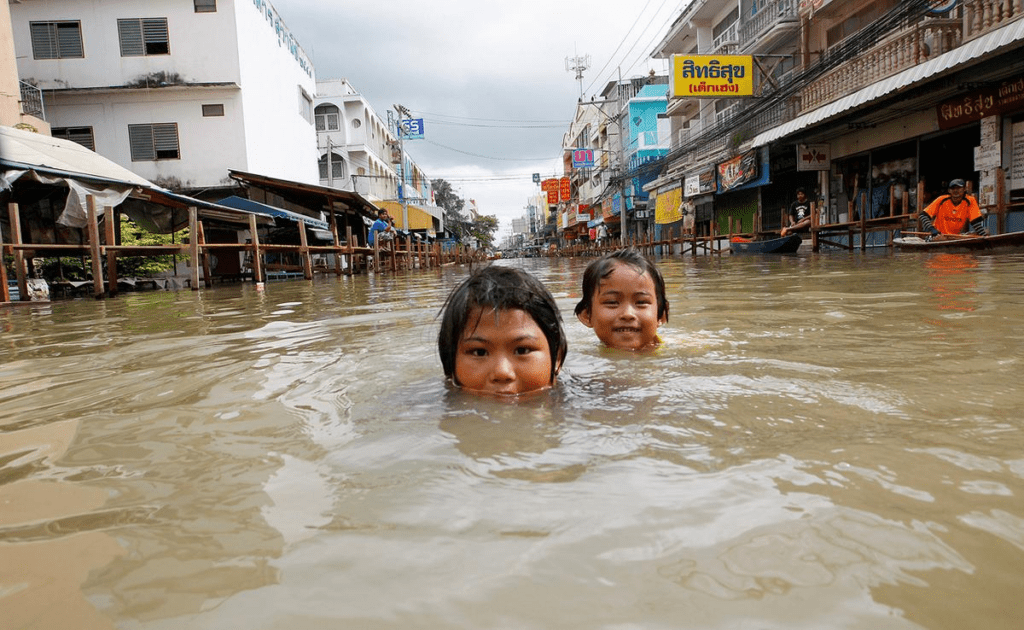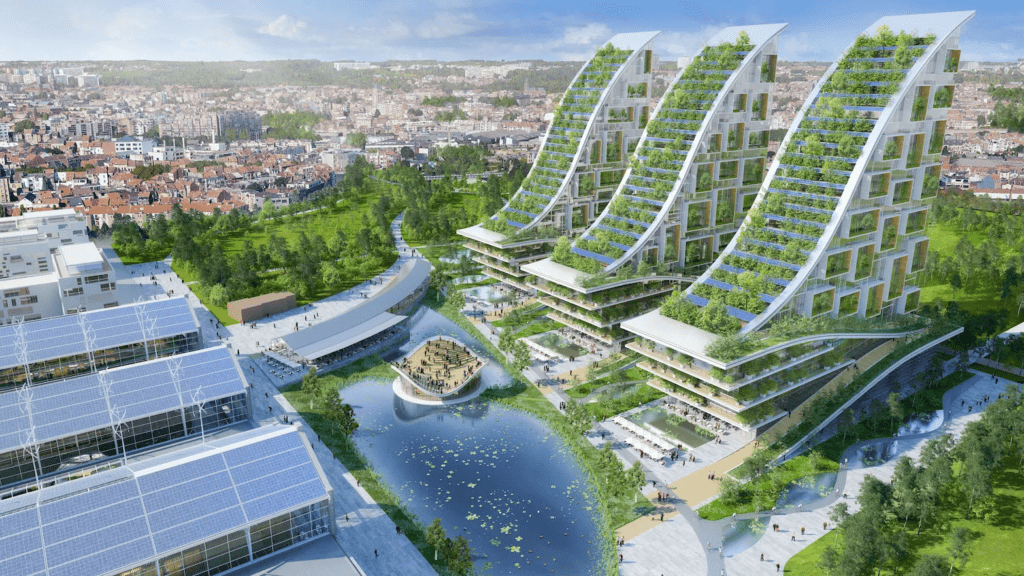Belgium Gets Plugged In
Belgium is taking bold steps toward a greener future by embracing plug-in solar technology. Starting in May 2025, households across the country will be able to install user-friendly plug-in solar panels and batteries, revolutionizing how they access renewable energy. This move marks a significant shift in Belgium’s approach to energy, aiming to reduce its dependence on fossil fuels while empowering consumers to contribute to the energy transition.
The climate crisis has made it clear that relying on traditional fossil fuels like coal and natural gas is unsustainable. The burning of these fuels releases harmful gases, which trap heat in the atmosphere and lead to global warming. As a result, Belgium, like many other countries, has seen more frequent extreme weather events and a need to rethink its energy policy. The country’s dependence on these nonrenewable energy sources also leaves it vulnerable to price fluctuations and geopolitical instability, making the transition to renewables even more urgent.
Belgium’s new policy allowing “plug-and-play” solar systems is a game changer. Unlike traditional solar installations, these systems are easy to install and operate, functioning much like any standard appliance. This simplicity is expected to boost residential solar adoption and promote distributed generation—where electricity is produced closer to where it’s consumed. This not only reduces transmission losses but also gives households more control over their energy use, fostering greater energy independence and contributing to grid stability.
By generating their own electricity, homeowners can lower their reliance on the national grid, potentially reducing their electricity bills while contributing to the fight against climate change. The growing adoption of these systems can also help stabilize the grid by reducing peak loads and making the energy system more resilient.
Looking ahead, Belgium’s initiative could pave the way for further innovations in solar technology. However, challenges remain, particularly in ensuring safety and standardization. The certification process, led by Synergrid, will be critical in maintaining high safety standards for plug-in solar devices. Additionally, educating consumers about the proper use of these systems will be vital to ensuring their safe and effective operation.
Overall, Belgium’s move towards plug-in solar technology is a major step forward in its journey towards sustainability. By making solar power more accessible, the country is empowering individuals to be part of the solution and helping to build a more resilient, sustainable energy future.

Thailand: Floods Ravage the North, A Call for Resilience
Once again, northern Thailand is grappling with severe floods, with more than 40 provinces on high alert. These extreme weather events are becoming increasingly frequent and intense, exposing the region’s heightened vulnerability to climate change. Thailand’s monsoon seasons have intensified, with longer, heavier rainfall overwhelming infrastructure that was never designed to handle such extremes. Roads and drainage systems, already aging, struggle to cope, while homes and businesses are frequently inundated.
The challenges go beyond infrastructure. Thailand’s rapid urbanization and deforestation have further aggravated the situation. Natural landscapes that once absorbed excess rainwater have been replaced by impermeable concrete, while forests that served as buffers are gone. This makes the land far more prone to flooding. The loss of forests has not only worsened flood risks but has also reduced biodiversity, disrupted local ecosystems, and made communities more vulnerable to other climate impacts, such as droughts.
What is even more alarming is the impact on Thailand’s most vulnerable populations. Poorer rural communities, often living in flood-prone areas, face the greatest risks and bear the brunt of the devastation. For many, these floods result in the loss of homes, crops, and livestock—the very things they depend on for survival. The financial and emotional toll on these communities is immense, making recovery more challenging with each passing disaster.
Addressing these growing challenges requires a coordinated and multifaceted approach. First, improving early warning systems is crucial. With better technology, vulnerable communities could receive more timely and accurate alerts, allowing them to prepare or evacuate before a disaster strikes. Yet, even with the best warnings, Thailand must invest in resilient infrastructure. This means not only reinforcing flood defenses, such as levees and dams, but also redesigning urban areas with better drainage systems and sustainable flood management in mind.
Reforestation and sustainable land management practices are another essential aspect of flood prevention. Restoring forests would help the land regain its natural capacity to absorb and store rainwater, reducing the risk of flash floods. Implementing sustainable agriculture, such as contour farming and crop rotation, could prevent soil erosion and help maintain the balance of local ecosystems.
Furthermore, disaster risk reduction must become an integral part of urban planning. Expanding cities without considering flood risks will only perpetuate the cycle of vulnerability. Proper zoning, green spaces, and wetlands within urban areas could act as natural flood defenses. Additionally, collaboration with international experts and organizations can support Thailand in adopting global best practices and improving disaster preparedness.
Thailand’s response to its flooding crisis will be critical not only for its future but also as a model for other nations facing similar climate challenges. These floods serve as a grim reminder that climate change’s effects are no longer a distant threat but an immediate reality. By focusing on resilience, sustainability, and community engagement, Thailand can turn this crisis into an opportunity to build a stronger, more adaptive society. The road to recovery will be long, but with the right strategies and global cooperation, it can pave the way for a more climate-resilient future.
Related Content
- Predicting Flood Risk in a Warming Climate
- The Rising Threat of Methane: A Global Challenge
- An Invisible Danger Accumulating in the Atmosphere: A Grossly Underestimated Gas Reaches Record Levels Not Seen in 800,000 Years
- Invasive Plants and the Energy-Climate Nexus: A Growing Threat to Biodiversity and Beyond
- Solar Farms as Habitats: A Dual Approach to Renewable Energy and Biodiversity
- Effective Climate Change Communication: Latest Research and Ecological Perspectives
- Flooding in Thailand: preparing for the worst
- How Belgium’s fatal floods changed its approach to future
- Belgium, a step towards Sustainable Development?
- Belgium’s transition to a climate neutral society in 2050
- Climate change and natural disasters: Transforming
- Royal inspiration for a sustainable future


